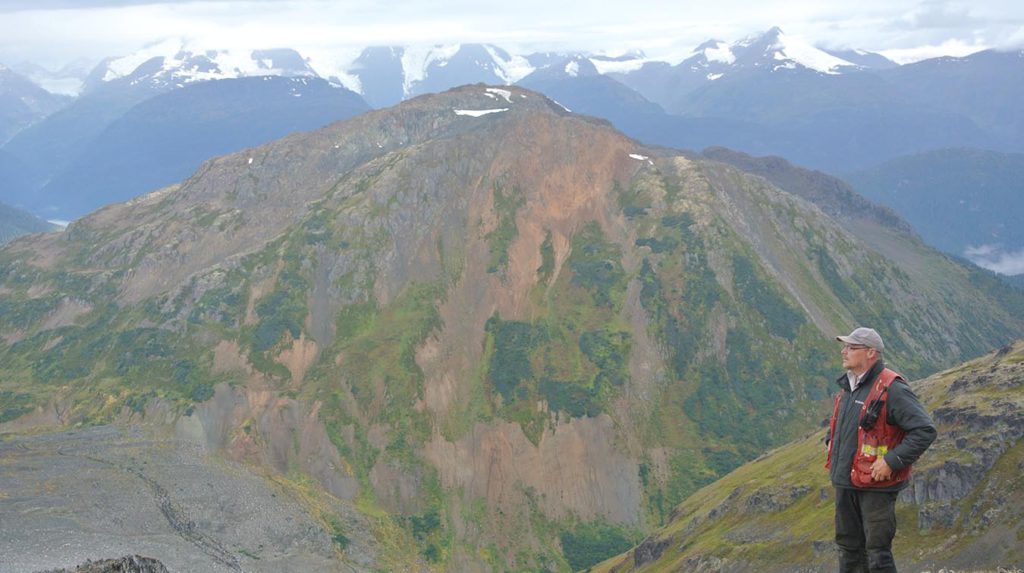While the two targets are approximately 1.8 km apart, the company is interpreting these to be separate systems. However, a recent geophysical survey suggests strong continuity of stratigraphy along this segment of the east limb of the Eskay anticline, so it is conceivable that the discoveries are actually connected and part of a larger approximately 6 km long corridor, along which numerous electrically conductive anomalies occur.
Mineralization encountered to date is predominantly of stratabound stockwork to massive sulphide replacement style hosted by mudstone and peperite sills (intrusive rocks) within the Hazelton Group, the same rocks hosting the Eskay Creek deposit approximately 13 km to the north.
According to the company, the intercepts encountered in its drill program are remarkably similar in grade, thickness and style to those recently encountered in the Lower and Even Lower mudstone units drilled by Skeena Resources.
Assays for nine of the 20 diamond drill holes completed by Eskay Mining between August and October have been received. All drill holes encountered significant Au and Ag intervals, including the latest results of 5.1 m grading 31.23 g/t Au and 138.1 g/t Ag and 4.1 m grading 11.09 g/t Au and 44.2 g/t Ag. Results for the remaining 11 holes are expected back by late January.
The company said it is “particularly excited by the presence of local bonanza grades of Au and Ag within recent drill intercepts suggesting the potential for discovery of high-grade mineralization similar to that mined historically at Eskay Creek.”
The 2020 drill program is the first to be undertaken in this area since the early to mid-1990s, when a few scattered holes were drilled at these targets. This was at a time when the geology of the Eskay Creek deposit was not all that well understood.
In July of this year, Eskay Mining’s technical team confirmed that both TV and Jeff are indeed VMS systems similar to Eskay Creek, and therefore designed the drill program to test them as such, including systematic evaluation of the host stratigraphy.
Interestingly, rock alteration associated with mineralization encountered to date is not as intense as that seen at the Eskay Creek deposit. The company thinks this is possibly because its recent drill holes are situated in a distal part of the system. “Therefore, there is good opportunity to vector in on the more intensely altered and higher-grade part of the system,” the company said.
Eskay believes that the TV and Jeff discoveries have demonstrated the presence of new Eskay Creek-type massive sulphide deposits within the Eskay graben, or geologic trough, that extends southward from the Eskay Creek deposit. Approximtely 85% of this belt occurs within the company’s tenure.
The company has also identified numerous other VMS targets on its tenure. It is planning a drill program of at least 30,000 m in 2021 to follow up on the new discoveries as well as to test at least another dozen high-priority drill targets.
Shares of Eskay Mining surged 19% by noon EST Tuesday, giving the BC-focused miner a market capitalization of C$172.1 million.
